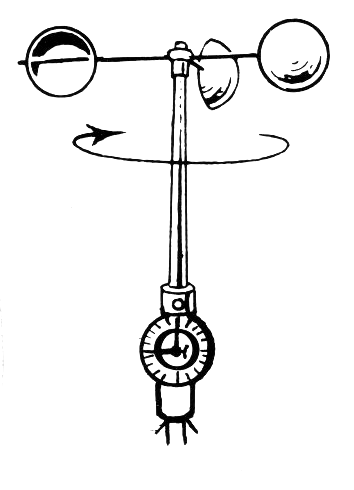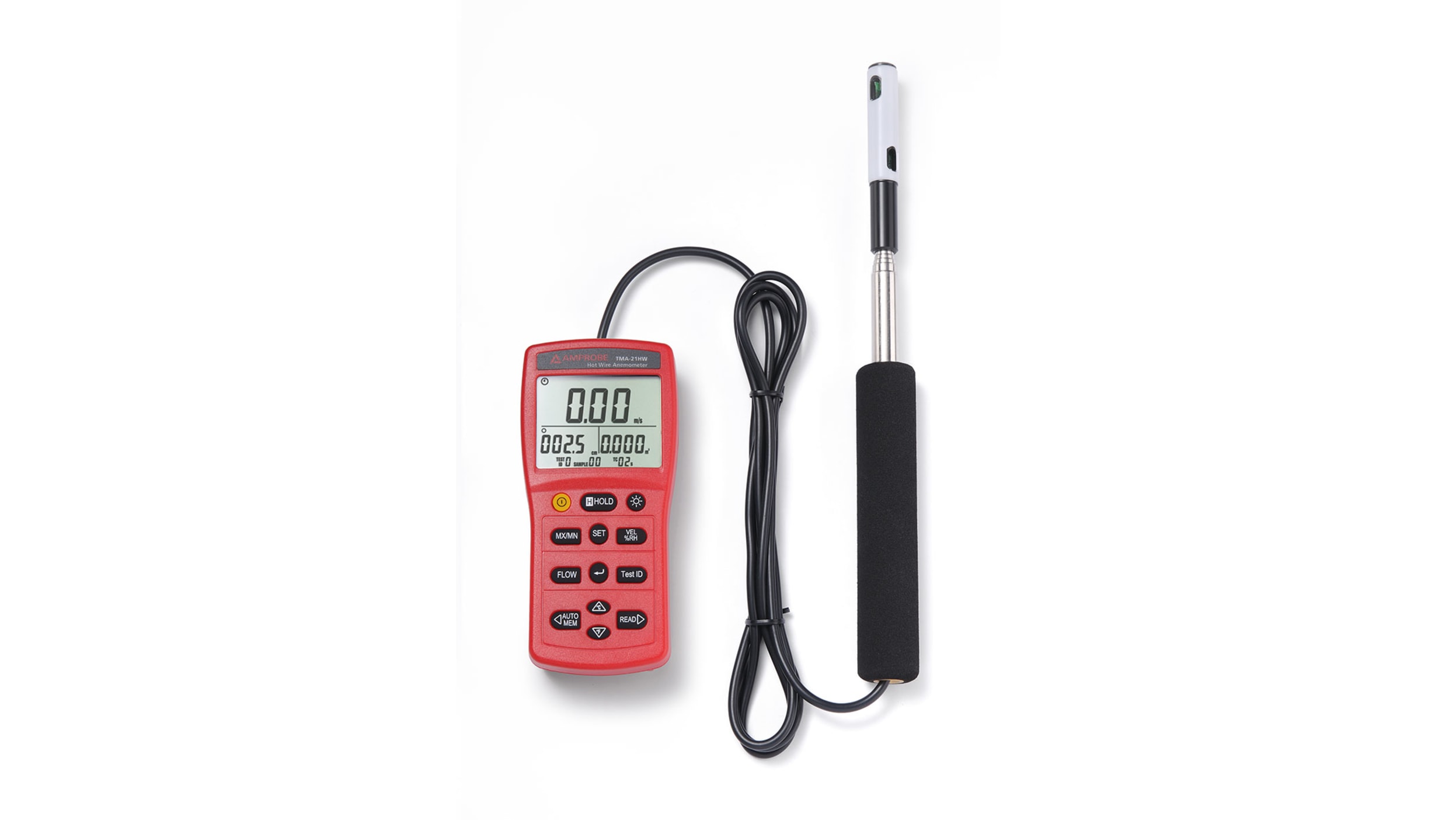The Function of an Anemometer in Improving Safety And Security for Outdoor Activities
The Function of an Anemometer in Improving Safety And Security for Outdoor Activities
Blog Article
All You Need to Understand About Anemometers: How They Work, Why They Matter, and Where to Make use of Them
Anemometers, though usually ignored in the world of clinical instruments, play a crucial function in different areas, offering important understandings right into wind rate and air flow patterns. As we dig right into the intricacies of anemometer innovation, we will certainly uncover the inner functions of these gadgets, their value, and the key factors to consider when picking the right anemometer for certain applications.

Anemometer Basics
An important instrument used to measure wind speed and direction, the anemometer plays an important role in meteorology and different markets. An anemometer commonly is composed of three or four cups that revolve in the wind, a vane that aims into the wind, and sensors to track the rotations or movements. By calculating the rotations or activities over a particular time duration, the anemometer can identify wind speed. The vane aids identify wind instructions by directing right into the wind, offering important data for climate forecasting, aeronautics, maritime procedures, environmental surveillance, and wind power applications.
There are various kinds of anemometers offered, consisting of cup anemometers, vane anemometers, hot-wire anemometers, and sonic anemometers, each with its special features and applications. Mug anemometers are generally made use of for standard wind rate dimensions, while vane anemometers are preferred for directional measurements. Hot-wire anemometers are ideal for reduced airspeeds, and sonic anemometers are perfect for high-precision dimensions in study and industrial setups. Understanding the fundamentals of anemometers is necessary for precise wind information collection and evaluation across various fields.
Concepts of Anemometer Procedure
Structure on the fundamental understanding of anemometer fundamentals, the principles of anemometer procedure illuminate the auto mechanics behind wind speed and instructions measurements. Cup anemometers, for instance, have 3 or even more cups that record the wind, causing them to spin faster as the wind rate rises. Hot-wire anemometers depend on a heated cord that cools down as wind passes over it, with the price of cooling down establishing the wind speed.
Significance of Anemometers
Anemometers play an important function in determining wind rate and direction, giving crucial data for weather projecting, climate studies, ecological surveillance, and aviation operations. Meteorologists rely on anemometers to gather exact wind information, helping them understand weather patterns, anticipate tornados, and concern prompt cautions to the public. Wind ranch operators use anemometers to evaluate wind problems and maximize electricity manufacturing from wind turbines.
Applications Throughout Different Industries
Applications of anemometers cover throughout varied markets, showcasing their versatility and energy past weather forecasting. In the sustainable power industry, anemometers play an essential duty in evaluating wind problems for wind ranch placements, making sure ideal energy production. Industries like construction and mining use anemometers to keep track of wind rates, important for security methods, particularly when operating at heights or in open-pit mines where strong winds can posture risks. Anemometers are additionally integral address in the aviation market, assisting pilots in comprehending airspeed and wind direction for secure liftoffs and touchdowns. The maritime sector take advantage of anemometers for ship navigation, assisting seafarers anticipate weather condition adjustments and readjust routes appropriately. In agriculture, anemometers aid farmers in handling plant splashing by giving real-time data on you could try here wind rate to stay clear of drift. Anemometers discover applications in A/c systems to enhance air flow and boost energy effectiveness in structures. The varied usage cases of anemometers underscore their value across various industries, highlighting their essential duty in boosting functional safety and security and effectiveness (anemometer).

Picking the Right Anemometer for Your Requirements
Picking the appropriate anemometer customized to your details requirements is vital for getting exact wind rate and direction measurements. When choosing an anemometer, consider elements such as the designated application, required measurement array, ecological problems, and wanted features. For basic purposes, a cup anemometer is appropriate for determining wind speed, while a vane anemometer supplies wind direction data. Hot-wire anemometers are suitable for reduced airspeed measurements, and ultrasonic anemometers use high precision and longevity.

Conclusion
In final thought, anemometers play an important role in determining wind rate and direction across different industries. It is crucial to take into consideration the significance read the full info here of anemometers in order to make enlightened choices when picking the most suitable device for determining wind problems.
There are different types of anemometers offered, consisting of mug anemometers, vane anemometers, hot-wire anemometers, and sonic anemometers, each with its one-of-a-kind features and applications. Mug anemometers are frequently utilized for fundamental wind speed dimensions, while vane anemometers are favored for directional dimensions. Hot-wire anemometers are ideal for reduced airspeeds, and sonic anemometers are suitable for high-precision dimensions in research study and commercial settings.Building on the foundational understanding of anemometer fundamentals, the principles of anemometer procedure illuminate the auto mechanics behind wind speed and direction dimensions. For basic objectives, a mug anemometer is suitable for measuring wind rate, while a vane anemometer provides wind direction information.
Report this page